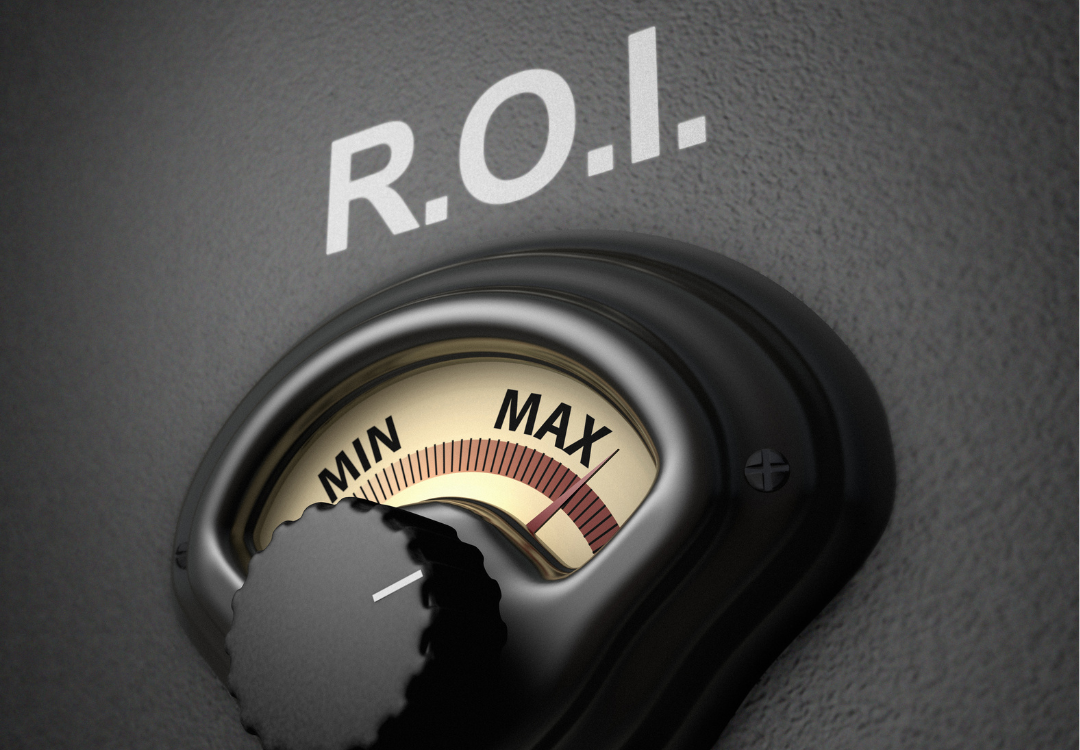If you’re running paid ads, you’ll want to know what’s really driving results. That’s where conversion tracking comes in. In this beginner’s guide, we’ll break down how conversion tracking works for Google Ad campaigns, why enhanced conversion tracking matters, and how integrating tools like HubSpot helps you measure your true ROI.
What is Conversion Tracking?
Conversion tracking is the process of measuring the actions that matter most to your business—such as form fills, purchases, phone calls, or demo bookings—after someone clicks your ad.
Without it, you’re running ads blind. With it, you can see exactly which campaigns, keywords, and ads are generating revenue.
👉 Learn more about setting up conversion tracking in Google Ads.
How Conversion Tracking Works in Google Ads
When you set up Google Ads, you can create “conversion actions” to track customer activity. This typically works by placing a conversion tag (a small piece of code) on your website.
Here’s the basic flow:
-
A user clicks your ad.
-
A Google Click ID (GCLID) is stored in their browser.
-
If they complete your goal (like submitting a form or making a purchase), the GCLID is sent back to Google.
-
Google matches this back to the campaign and reports it as a conversion.
This allows you to measure:
-
Which keywords bring leads.
-
Which ads bring sales.
-
Your cost per conversion (CPA).
-
Overall ROI from your campaigns.
Why Enhanced Conversions Matter
With increasing privacy restrictions (like iOS updates and cookie consent laws), traditional conversion tracking isn’t always 100% accurate. That’s where Enhanced Conversions come in.
Enhanced Conversions use first-party customer data—like email, phone, or address—from your website forms. This data is hashed (encrypted) and sent securely to Google.
Google then matches it with logged-in users to:
-
Improve tracking accuracy even if cookies are blocked.
-
Deliver ads to more relevant people.
-
Provide better attribution (so you know exactly where your leads came from).
👉 Read more about Enhanced Conversions.
In short: Enhanced Conversions = more reliable data, better ROI, and smarter optimisation.
Tracking ROI with HubSpot Integration
Conversion tracking doesn’t stop at Google Ads. If you want to know whether those leads actually turn into paying customers, you need a CRM like HubSpot.
Here’s how HubSpot integration works:
-
Connect HubSpot with Google Ads – HubSpot automatically pulls in ad campaign data.
-
Sync Leads with Campaigns – When a user fills out a form, HubSpot ties that lead to the original ad click.
-
Track the Customer Journey – From first click → to lead → to customer → to revenue.
-
Measure ROI – See exactly how much revenue each ad campaign is generating.
This closes the loop so you’re not just tracking clicks, but actual revenue growth.
👉 Discover how HubSpot’s Google Ads integration works.
Why You Need Conversion Tracking
When you understand how conversion tracking works, you unlock the ability to:
-
Spend less on underperforming ads.
-
Double down on campaigns that actually bring in leads.
-
Prove ROI to stakeholders (or yourself!).
-
Optimise campaigns with data, not guesswork.
Final Thoughts
Conversion tracking is the backbone of successful digital advertising. Whether you’re running simple Google Ads or scaling with Enhanced Conversions and HubSpot integration, tracking the right data ensures every penny of ad spend is accountable.
If you’re ready to get more from your marketing budget, make sure you’ve set up conversion tracking correctly. It’s the difference between wasting money and building a scalable, profitable ad strategy.
✨ Want help setting up Google Ads with conversion tracking? Get in touch with us today to start maximising your ROI.




